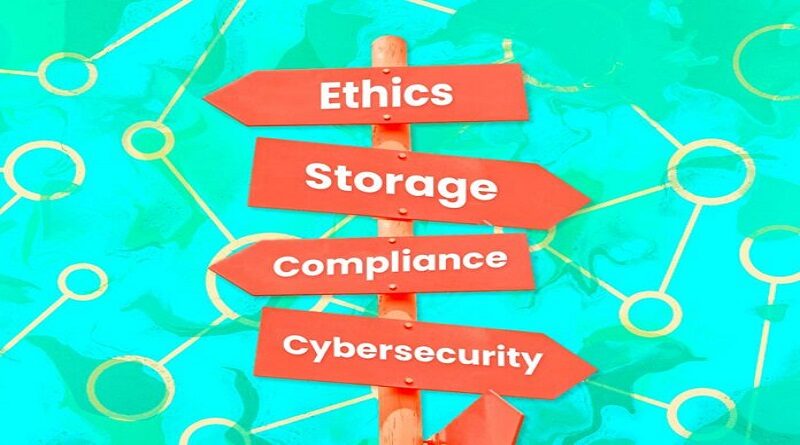7 Biggest Barriers to AI Adoption & Their Solutions
We have seen how COVID-19 mounted pressure on businesses to fast-track their digital transformation journeys by months and, in several cases, by years. The arrival of the pandemic made them reconsider technologies they had at their fingertips artificial intelligence (AI) and harness them to boost productivity, address supply chain issues, and seamlessly deliver products and services. Organizations have realized the indispensability of integrating AI into their digital strategy and this article will focus on addressing common AI adoption challenges.
Artificial Intelligence is a revolutionary technology that saves time, energy, and money. It is no longer confined to science textbooks or science-fiction fantasies; it has countless applications in the real world. Businesses are now acknowledging the importance of implementing this futuristic technology. In fact, a high-level penetration of machine intelligence can resolve fundamental problems.
A McKinsey survey illustrates that AI adoption followed an upward trajectory in the year 2021 and continues to do so. It states, “56 percent of all respondents report AI adoption in at least one function, up from 50 percent in 2020.”
While businesses have realized that AI adoption is the way forward, it’s not always easy. So, what are the critical barriers that prevent businesses from realizing the tremendous potential of this next-gen technology? Let’s discuss these AI adoption challenges one by one.
Ethical Considerations
The first challenge to AI adoption is how ethics becomes a pressing concern as organizations integrate AI with more processes. AI brings seemingly scientific credence to human biases and tends to amplify them, putting its potential for decision-making doubtful. Fortunately, we have a solution.
A promising sign is the growing awareness of this issue and acknowledging AI’s potential for bias is the first step. As businesses train their AI/ML models, they must actively counter prejudiced data and specifically program their AI to be unbiased. Also, annotators must carefully analyze training data before it is fed into the algorithm. This way, it won’t lead to biased conclusions.
Poor Data Quality
One of the most critical barriers to profitable AI adoption is the poor quality of data used. Any AI application is only as smart as the information it can access. Irrelevant or inaccurately labeled datasets may prevent the application from working as effectively as it should.
Many organizations collect far too much data. It may be full of inconsistencies and redundancies, resulting in data decay. Data quality can be improved by streamlining the collection process. The stakeholders must pay more attention to data cleansing, labeling, and warehousing. These workflow changes can provide businesses with high-quality data.
Data Governance
In the face of rising cybercrime, responsible data governance is more vital than ever. People are concerned about how companies access and use their confidential information, so it’s important that organizations leveraging customer-facing AI hold themselves accountable when deploying applications.
The key here is segmentation and visibility. Organizations must ensure that they can monitor and restrict how their AI algorithms use data at all stages. Segmentation mitigates the impact of a breach and keeps user information as safe as possible. Likewise, transparent data collection policies can also help alleviate concerns related to AI.
Process Deficiencies
Companies often use in-house tools and pipelines for AI deployment and monitoring. Constructing an efficient AI model from scratch demands a significant expenditure of time and money. So, if you have just started, AI adoption can cost you exorbitantly. Also, your tool may include inappropriate algorithms and biased data. In such a scenario, adopting third-party tools for AI integration or using a market-tested tool is a comparatively sensible option.
Cybersecurity
AI implementation introduces cybersecurity risks. Many data breaches have already occurred to collect data for AI initiatives. Protecting stored data from malware and hackers should, therefore, be a top priority for companies. A robust cybersecurity defense approach can help prevent such attacks. Besides, AI adoption leaders need to acknowledge the growing menace of sophisticated threats and evolve from a reactive to a proactive strategy.
Storage Limitations
Training the AI/ML models demands constant amounts of high-quality labeled datasets. Organizations, therefore, need to feed massive volumes of data into the machine learning algorithms, so that they can perform the desired activities and deliver reliable results.
This has become challenging as traditional storage technologies are quite expensive and come with space limitations. However, recent technological breakthroughs like flash storage seem to provide a solution. Unlike traditional hard disks that are expensive, flash storage is more reliable and affordable.
Regulatory Compliance
AI and other data-centric operations increasingly face legal regulations with their rising prominence. Organizations must abide by these restrictions, especially if they operate in highly regulated industries such as finance and healthcare.
Taking a flexible approach toward maintaining high privacy and governance standards can help these companies be more legally compliant. Third-party auditors are more likely to be in demand owing to increased regulations.
The Way Forward
AI is gradually becoming a game-changer and its potential is up for grabs. A PwC study states “AI could contribute up to $15.7 trillion to the global economy in 2030, more than the current output of China and India combined. Of this, $6.6 trillion is likely to come from increased productivity and $9.1 trillion is likely to come from consumption-side effects.”
But what can make AI work for companies? Anticipating the barriers to AI adoption and taking a strategic approach to its implementation can help organizations achieve transformational growth and maximize returns.




